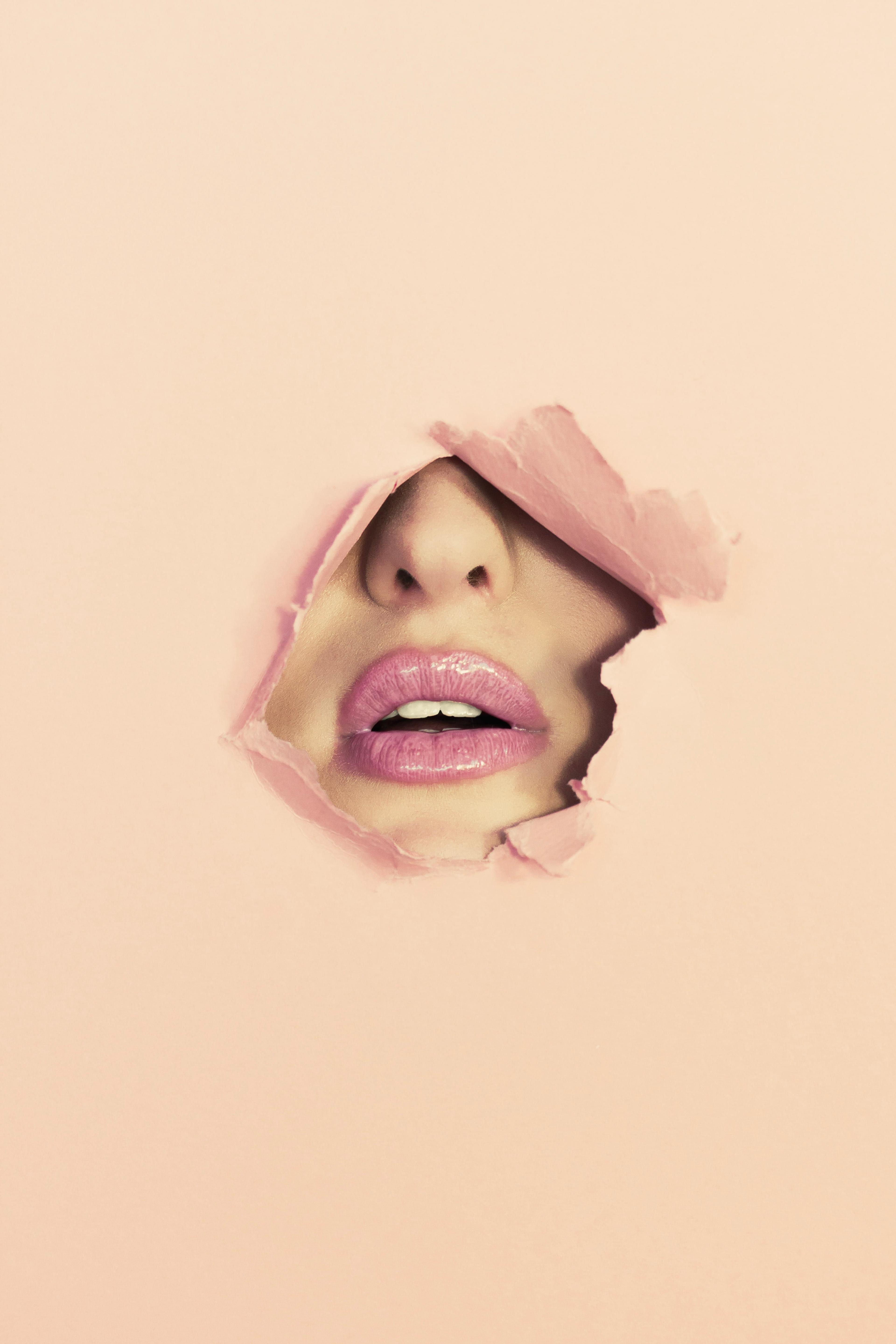So, what are the biggest tweakment trends following the pandemic? We asked award-winning beauty editor Amerley Ollennu, who has been writing for the UK’s most well-known glossies and newspapers for over a decade. Amerley's known for her ability to predict the next big beauty trend, and is never one to shy away from trying them either. Let's hear her thoughts...
Traditionally we’ve been seduced by non-surgical procedures that simply eliminate lines and wrinkles, but experts agree that post quarantine, texture, laxity and definition are top of our ‘To Banish List’. From lasers and electromagnetic energy to threads and needles, there’s a host of buzzy high-tech and innovative treatments just waiting for you to discover. All promising to rejuvenate the face and the body, without the need for a scalpel.
Plump it Up
The fear of a second wave has led to the "rise in people seeking a more natural result, that won’t disappear completely after three to four months," shares aesthetic doctor, Marcus Mehta. So, while Botox is still a highly requested tweakment, this year plumping the skin with injectable moisturisers is set to really gain traction for those aged 30 and up. Hyaluronic acid (HA) boosters such as Profhilo and Juvederm Volite don’t ‘freeze’ the face like Botox or instantly create chiselled cheekbones like filler, but what they are great at is re-plumping the skin, reducing the appearance of laxity, fine lines and wrinkles as well as imparting a youthful glow that lasts.
The glow is thanks to HA’s ability to rehydrate the skin by drawing in 1000 times its own weight in water and holding it within the skin. While laxity and lines are addressed by HA’s ability to ‘turbocharge the patient’s own collagen and elastin production,’ shares Mehta. Found naturally within the skin, our own stores deplete as we age, which is why when reinjected back into the face (décolletage, neck and even hands) results are so incredibly natural that while others will notice a change they’ll be hard pressed to prove you’ve had anything done.
For best results you need two sessions spaced four weeks apart so as not to overload or irritate the skin. You can then top up twice or even three times a year to keep dryness, roughness, lines and sagging at bay.
Prices start from £300
On the Chin
Contouring has been huge in the world of make-up for decades, thanks to its ability to add definition to the face. However, now we’re seeing a rise in facial contouring that’s a little more permanent then strategically placed bronzer. The jawline has been a major focus of late, but it’s the chin that’s set to take centre stage this year.
As one of the central pillars of the face, the chins ability to affect the facial proportions should not be ignored. A small chin can accentuate your nose and weaken your jawline, while a larger chin can defeminise the face and even make you look like you’re permanently frowning. Not to mention, "as we age our chins recede, leading to an upward rotation of our muscles that results in jowling and sagging of the neck and the down-turning of the lip muscles. By adding filler to the chin area we are able to manipulate the ratios of the face bringing the chin back in line and helping to turn back the clock. Filler is also being placed on the underside of the chin in younger patients who naturally have a ‘weak’ chin to elongate the area and create a more defined jawline," explains Mehta.
Take note though, when it comes to the chin it’s important to find an injector who understands the importance of facial proportions and who doesn’t overfill creating that overly chiselled chin and jaw look that’s currently rife on social media. "These images look dramatic and highly contoured but in reality, when taking the whole face into account the lower third of the face can end up looking far too masculine," adds Mehta.
Prices start from £200
Bottom Line
With almost half a million hashtags on Instagram it’s pretty much official, belfies (butt selfies) are the new selfies, and whether you’re partial to the curvy toned J-Lo variety or have never stopped hankering after Kylie Minogue’s ‘Spinning Around’ derrière – the ageing process will no doubt make either a little harder to achieve with exercise alone.
“As we age collagen and elastin depletion has an effect not just on our faces but the rest of the body, and as you start to lose elasticity in the skin, your bottom is likely to lose firmness, bounce and smoothness too. From 30 onwards you can also expect age-related muscle loss at a rate of three to five percent per decade, plus changes in fat distribution. In your 40s oestrogen levels slowly fall as you start to enter perimenopause, which is when you may begin to notice even more skin laxity as well as fat around your hips that can make your bottom look less pert. While in your 50s and beyond their will be a steady decrease in fat that leads to a flatter bottom if you don’t focus on muscle and collagen stimulation,” explains shares Dr Galyna Selezneva.
Couple natural muscle loss with the fact that our exercise regimes and even our daily steps have become limited since the start of Covid-19 and it makes sense that we’re booking in for Emsculpt treatments in our droves. “Emsculpt works by utilizing high-intensity focused electromagnetic energy (HIFEM) to induce muscle contractions at a much higher intensity than you can achieve during a typical workout. It’s impossible to do 20,000 squats in 30-minutes but those are the results that Emsculpt can provide, and when it comes the machine’s glute setting the aim is to round the muscles for a pert peachy look after only four 30 minute sessions spanning over the course of two weeks,” explains Selezneva.
Prices start from £750
Quarantine Face
Maskne, excess oily production, large pores, dehydration, fine lines and irritation are all conditions on the rise thanks to pandemic life. Stress plays a major role, and it’s safe to say we’re all experiencing that thanks to our new normal. This chronic stress can wreak havoc on your skin, increasing cortisol and in turn oil production that can lead to acne. Plus, it’s adept at disrupting sleep, halting collagen and elastin production resulting in premature ageing and a lacklustre complexion. While staying indoors can cause dehydration and going out can leave you tackling more acne thanks to the build-up of bacteria in your face mask.
It might seem like you can’t win, however, Dr Anna Hemming believes to combat such a range of issues you should book in for a HydraFacial. You may have already heard of this medical-grade hydradermabrasion device as it’s been a celebrity favourite for a while now, but you’ll likely find that any facialist and aesthetic doctor worth their salt will be recommending this treatment even more now thanks to its multitasking prowess.
‘It’s like having six facials at once, as it has the ability to boost lymphatic drainage by removing toxins, and exfoliate the top layers of the skin as well as deeper layers thanks to a mix of glycolic and salicylic acid peels. It also shrinks large pores by way of extractions and adds a hefty dose of hydration by infusing active rich serums into the skin. Plus, additional treatments for collagen building, pigmentation, acne or skin tightening can be included to tailor the treatment even further to your needs,’ explains Hemming. Simply, book one in once a month and wave goodbye to your quarantine skin for good.
Prices start from £150

